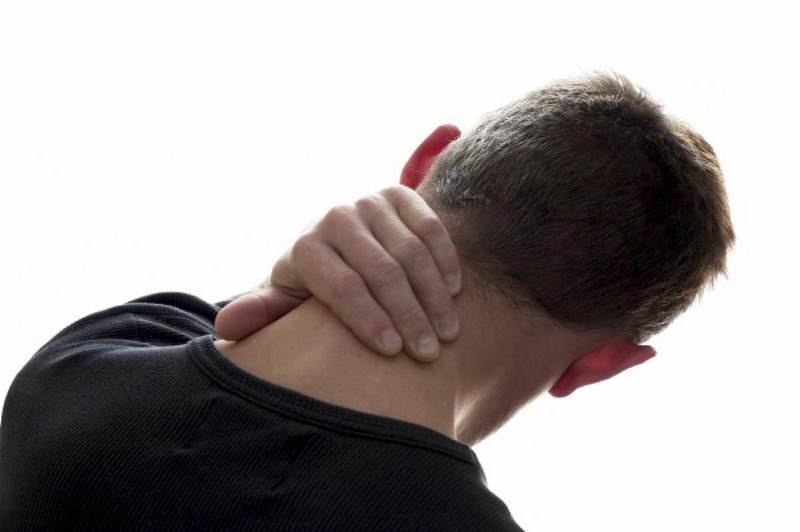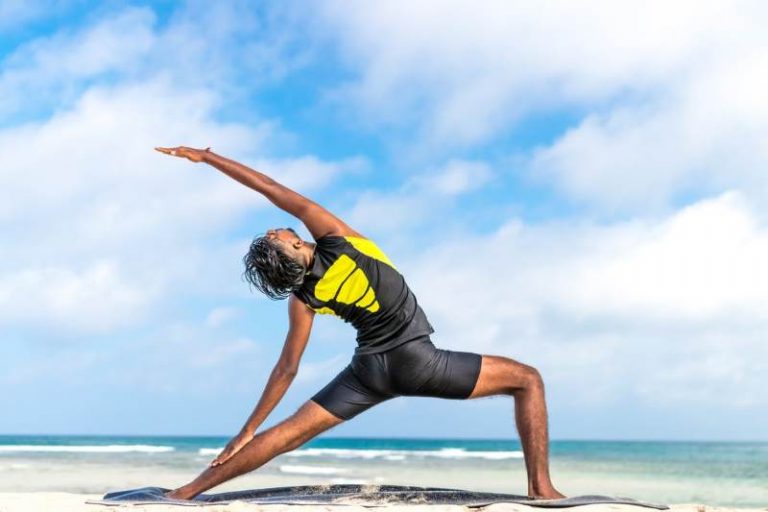Elbow, Wrist and Hand
Carpal tunnel syndrome is a common wrist and hand injury. It occurs when one of the major nerves called the median nerve is compressed within the carpal tunnel of the wrist. This may occur for a number of reasons but some of the more common reasons include: pregnancy, gout, trauma (repetitive or direct trauma), or infection. Carpal tunnel can happen at anytime, however it is more common between the ages of 40-60 and women tend to be affected more often then men.
This condition is characterized by burning wrist pain and numbness or tingling within the hand. This often occurs at night and the patient usually wakes up due to the symptoms. In some cases the pain can radiate to the forearm, elbow, and shoulder.
Some of the other symptoms reported by patients include poor sensation in the hand, weakness of the hand, cramping in the hand, reduced temperature in the hand, and sometimes shaking or flicking the hand relieves the symptoms. There may also be muscle wasting around the thumb. Movements of the hand are often pain free, however some resisted movements around the thumb can be painful.
Diagnosing carpal tunnel syndrome is often done based on the patient’s medical history. Your physiotherapist or physician will take you through a series of tests and if carpal tunnel syndrome is suspected a nerve conduction test may be ordered to confirm the diagnosis. Diabetes should be excluded, as it can be a risk factor for carpal tunnel syndrome.
Mild cases can be treated conservatively. This may include splinting, activity modification, diuretics, and NSAID medications. Techniques such as contrast baths, which are alternating baths of cold and warm water, may be used in some cases to control inflammation and swelling. A physiotherapist may give you specific exercises that can be helpful with a patient’s recovery. For more persistent or severe cases, corticosteroid injections or surgery may be required.
Wrist and hand injuries are often difficult to diagnose so if you are experiencing symptoms of this nature it is recommended that you see your health care professional to have it taken care of.
Shoulders
Frozen shoulder is a condition that gets its name from the way it causes a gradual stiffening of the shoulder joint, ‘freezing it up’. The proper term for this condition is adhesive capsulitis – adhesive implying stuck and capsulitis meaning inflammation of the capsule.
Although a very common condition affecting approximately 2% of the population, the exact cause of frozen shoulder remains a mystery. In most cases there is a trigger such as straining the shoulder that then develops into a frozen shoulder, but in many cases it is idiopathic i.e. it just happens. When it is triggered, the capsule – that is the connective tissue sack – that surrounds the shoulder joint undergoes a change in elasticity from being somewhat loose and stretchy to being tight and without much stretch.
When it does happen, it follows a distinct pattern of which there are three stages.
The first stage is the freezing stage and is characterized by the onset of a quite intense pain in the shoulder and upper arm and a gradual seizing up of the shoulder. It becomes very difficult and painful to lift the arm up, rotate it outwards, or reach behind your back. This stage typically lasts about 3-6 months then frozen shoulder moves into stage two, the frozen stage, in which the pain starts to subside but the stiffness remains. The shoulder will begin to feel more comfortable in stage 2 but as it is still very stiff, its function remains limited. Again stage 2 can last anywhere between 3 and 6 months before progressing onto stage 3, the thawing stage, when the stiffness finally begins to resolve and the shoulder range of motion is restored.
Although every frozen shoulder will go through these 3 stages, the duration of each stage can vary in each case. Most of the time a full recovery will be made but occasionally full pain-free range of motion does not return. In order to optimize recovery, physiotherapy can help to restore range of motion with techniques such as mobilizations and muscle energy techniques. A prescribed home exercise program is also important so that you can work on stretching the shoulder every day at home. Along with this there are many treatments the physiotherapist is able to do to help control the pain particularly in the early stages of frozen shoulder. This will enable a much more effective stretching regime, which can ultimately lead to a quick and fuller recovery.
Vestibular Rehabilitation (Dizziness and Vertigo)
The winter Olympics in Sochi was filled with scary crashes in nearly every sport. Hearts sank when seeing chances at a medal slip, the pain on the athletes’ faces, and some of the injuries that resulted. We probably all know someone who has, or have ourselves, taken a big spill at the local hill.
But that’s not the only place where falls can occur, especially during this time of year with the fluctuating melt and freeze of roads and walkways. Slips and trips can happen in the community, even in our own homes, for a variety of reasons. Sometimes we can walk away from them with little injury, other than to our pride, but unfortunately sometimes injuries occur. In order to avoid beginning the spring season hurt, it’s good to know what the risk factors to falls are and to address any concerns that may exist.
Some readers may recall a previous article I wrote about vertigo– a condition that makes you feel like you or the world is spinning. This or other conditions of the vestibular system can contribute to feeling dizzy or losing your balance. The vestibular system is partially located in the inner ear, and gives our brain information about where our head is relative to gravity. When it is affected, a conflict of information between the vestibular system and other sensory systems happens. Some related conditions include: Benign Paroxysmal Positional Vertigo (“BPPV”), labryinthitis or neuritis (types of infections), or Ménière’s disease. This in turn may cause vertigo, dizziness, or unsteadiness. Some of the causes of vertigo or dizziness can be treated to help you feel more stable on your feet.
Weaknesses in the legs or trunk, sensory conditions of the feet, or decreased ‘proprioception’ (the information about where a body part is relative to the rest of the body) are other risk factors for falling. Proprioception, balance, and strength can be trained through regular exercise. Tai Chi and Yoga are examples of programs that assist in reducing fall risk. However some people require exercises tailored to their individual abilities and needs. It is important to evaluate whether a particular exercise is safe and appropriate for you. Having an understanding of the exercise and of your own abilities is helpful, but when in doubt, it is helpful to consult a health care provider, or discuss with the instructor.
Risk factors for falling don’t only exist within our bodies, but also in our environment. It’s important to note that while the temperatures have been going above freezing, those cold nights and days can result in a layer of ice. Slowing your pace over these areas, wearing proper footwear, and always being aware of the conditions will help. Within your home, having adequate lighting, keeping the floors and hallways clear of obstacles, and keeping rugs or carpets secured down will also reduce your chances of tripping.
With the example of the Olympic sports of skiing, snowboarding and skating, big falls occur frequently. It’s not often a case of needing to address strength or balance, and rarely is the environment controllable. For these activities, it’s important to protect yourself as much as possible. Wrist guards are light, can fit under gloves, aimed at reducing the risk of a facture when impacting the ground. A common injury with falling is the FOOSH – a ‘Fall Onto an Outstretched Hand’. A brace will keep your wrist in an ideal position and can absorb some of the force to reduce, but not eliminate, the likelihood of a wrist fracture. If you ski, braces also exist to protect the thumb, which can be injured by the ski pole.
If you feel you are at risk of falls, or have an injury after taking one, it is important to see a health care professional to either assist in the prevention of, or in the rehabilitation after, a slip. Reducing the risk can be easy in some situations: adjusting your footwear, modifying your gait aid if you use one (for example, attaching an ice grip onto a cane), making changes to your home environment, or partaking in a strength and balance program designed for your needs. In some cases, dizziness or lightheadedness occurs as a side-effect from medication, so speaking to your doctor may help. From a physiotherapy context, your strength, balance, vestibular function, or any combination of those factors can be assessed and treated as is appropriate for you.


